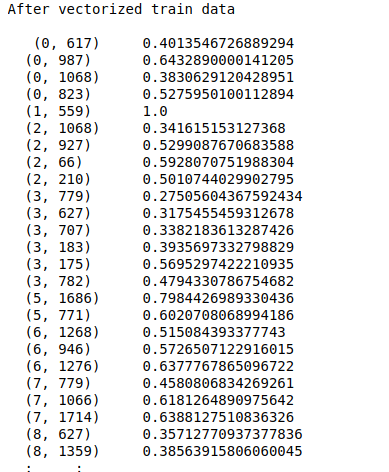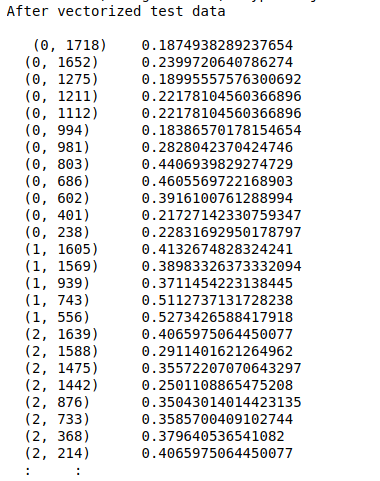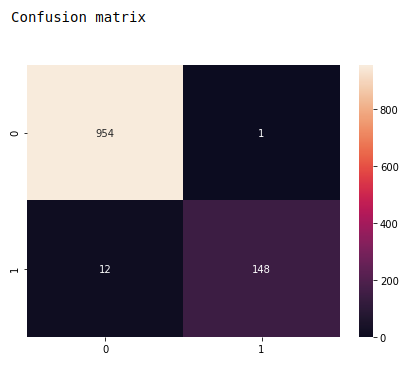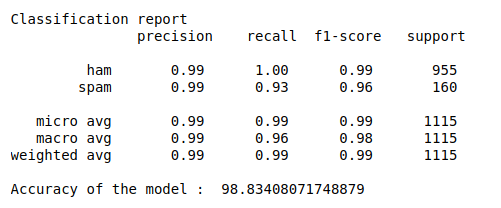To build spam detector using MLP classifier in python
Spam detection data set.
Confusion matrix
Classification report
Accuracy score
Precision and recall
Load the data set.
Define the independent and dependent variable.
Convert the test data in to vector suing TF-IDF vectorizer..
Build the MLP classifier..
Initiate activation and optimizer functions according to the problem.
Fit the training set into the model.
Predict the test results using MLP classifier.
Calculate the accuracy, precision and recall.
#import necessary libraries
import warnings
warnings.filterwarnings(“ignore”)
import pandas as pd
import numpy as np
import seaborn as sns
import matplotlib.pyplot as plt
from sklearn.preprocessing import LabelEncoder
from sklearn.feature_extraction.text import TfidfVectorizer
from sklearn.model_selection import train_test_split
from sklearn import metrics
from sklearn.neural_network import MLPClassifier
names = [‘class’,’text’]
data = pd.read_csv(“/home/soft50/soft50/Sathish/practice/SMSSpamCollection.csv”,sep=”\t”,names = names)
#make as a data frame
df = pd.DataFrame(data)
#Checking missing values
print(“Checking missing values\n”)
print(df.isnull().sum())
#variable selection
X = df[‘text’]
y = df[‘class’]
#Split train and test data
X_train, X_test, y_train, y_test = train_test_split(X, y, test_size=0.2, random_state=0)
#pre-processing
#Initialize the TF-IDF vectorizer
tfidf = TfidfVectorizer(sublinear_tf=True, min_df=5, norm=’l2′, encoding=’latin-1′, ngram_range=(1, 2),
stop_words=’english’)
#transform independent variable using TF-IDF vectorizer
X_train_tfidf = tfidf.fit_transform(X_train)
X_test_tfidf = tfidf.transform(X_test)
#Training and testing data
print(“\n”)
print(“Original data\n\n”,df.head(20))
print(“After vectorized train data\n\n”,X_train_tfidf,”\n\n”,y_train)
print(“After vectorized test data\n\n”,X_test_tfidf)
#Neural network model
clf = MLPClassifier(activation=’relu’,solver=’adam’, batch_size=50,alpha=1e-5,hidden_layer_sizes=(150,140,130),
random_state=42,learning_rate=’adaptive’)
#fit the model
clf.fit(X_train_tfidf, y_train)
# Predicting the Test set results
y_pred = clf.predict(X_test_tfidf)
# Creating the Confusion Matrix
from sklearn.metrics import confusion_matrix
cm = confusion_matrix(y_test, y_pred)
print(“\n”,”Confusion matrix\n”)
fig, ax = plt.subplots(figsize=(7,5))
sns.heatmap(cm, annot=True, fmt=’d’)
plt.show()
print(“Classification report\n”,metrics.classification_report(y_test, y_pred))
print(“Accuracy of the model : “,metrics.accuracy_score(y_test, y_pred)*100)






